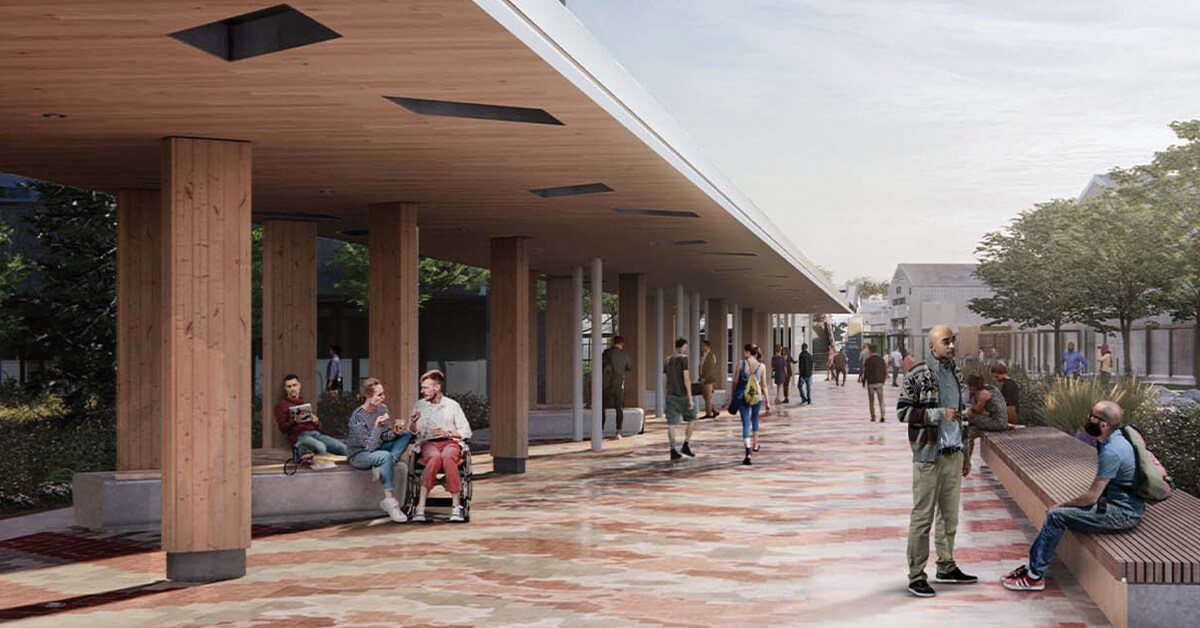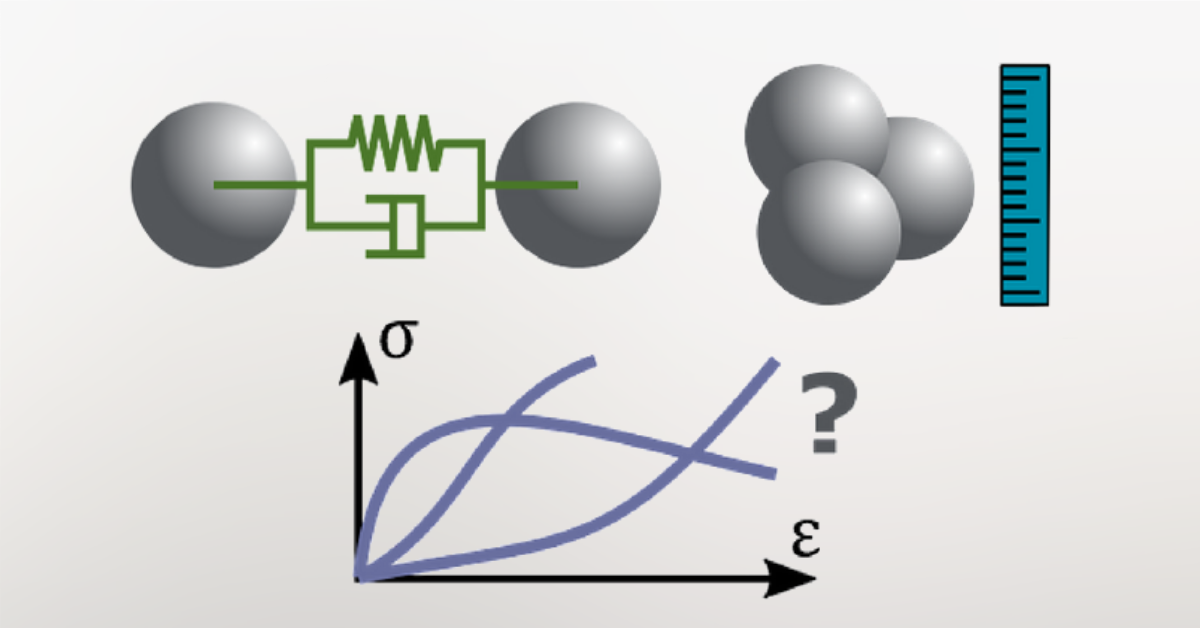
Simulation
Altair simulation-driven design changed product development forever, enabling engineers to reduce design iterations and prototype testing. Increasing scientific computing power expanded the opportunity to apply analysis, making large design studies possible within the timing constraints of a program. Now engineering adoption of AI is transforming product development again. The combination of physics-based simulation-driven design with machine learning, leveraging the latest in high-performance computing, enables teams to explore more and identify high-potential designs – while rejecting low-potential concepts – even earlier in development cycles.
Structural Analysis and Optimization
Altair offers industry-leading structural engineering analysis and optimization tools from simulation-driven design concepts to detailed virtual product validation, and simplified modeling workflows to advanced high-fidelity model building. Whether big or small, our customers trust their decision making to Altair, the pioneer of simulation-driven design and structural optimization technologies.
Electronic System Design
Electronic system design has an increasingly greater influence on almost every type of product requiring new simulation software tools to help achieve electronic, electrical, mechanical, thermal, and connectivity goals. Altair enables your team to collaborate across all aspects of device development from concept to manufacturing. Altair's simulation software products streamline processes, eliminate design iterations, and reduce time-to-market.
Fluid Dynamics and Thermal Management
Whether you’re an analyst performing advanced computational fluid dynamics (CFD) modeling or a design engineer who quickly needs to understand the thermal effects of a design proposal, Altair offers a complete line of simulation software tools to support your project. From detailed component analysis to full systems performance, Altair provides a range of scalable solvers and robust pre- and post-processing.
Simulation-driven Design
When used early in the design process, simulation software empowers a broad exploration of design solutions that are high-performing, manufacturable, and sustainable.
Altair® Inspire™
Accelerate simulation-driven design
When used early in the design process, Inspire empowers the users to create designs that achieve better performance and manufacturability
by offering a single intuitive user experience to simulate, explore, develop, and optimize products. A unique set of simulation software tools ensure production efficiency and optimize material usage for many manufacturing processes.
Altair® HyperWorks™
Driving more design with simulation
The new HyperWorks experience enables teams to move efficiently from physics to physics, domain to domain, and even create reports without leaving a model. It delivers the next
generation of market-leading Altair® HyperMesh®, Altair® HyperGraph®, and Altair® HyperView® functionality to the analyst’s desktop.
Altair® SimLab™
Multiphysics workflows with CAD associativity
SimLab provides highly automated workflows to drastically reduce the time spent creating finite element models and interpreting results for product engineers across multiple physics
including structural analysis, thermal management, and fluid dynamics.
Altair® SimSolid™
Structural analysis for rapid design iterations
SimSolid enables customers to accurately test more ideas during each design iteration by performing structural analysis on fully featured CAD assemblies within minutes. It delivers game-changing
solution times while eliminating geometry preparation and meshing.
Altair® Material Data Center™, a high-fidelity material database for simulation
Learn MoreA History of Solving the Most Challenging Problems
Altairians are compelled by curiosity and a deep desire to look beyond the horizon for new insights, ideas, and possibilities, to drive the engineering innovations of the future.
Altair® OptiStruct™
Optimization-enabled structural analysis
For more than two decades, OptiStruct topology optimization has driven the lightweight and structurally efficient designs of products you see and use
every day. Introduced in 1994, OptiStruct solves both linear and nonlinear problems using an enhanced proprietary version of NASTRAN and a modern proprietary nonlinear formulation developed and maintained by Altair.
Altair® Radioss™
Product performance under dynamic loadings
For more than 30 years, Radioss has been an industry-leading simulation software for automotive crash and safety, shock and impact analysis, drop test, terminal ballistic,
blast and explosion effects, and high-velocity impacts. Radioss is a powerful multiphysics solver with optimization-ready integrations with other Altair tools and third-party solutions.
Altair® Feko®
Solving connectivity, compatibility, and radar challenges
Feko has been a leader in high-frequency electromagnetic simulation software for more than 20 years and provides parallelized solvers to design products
for an increasingly connected world, enabling teams to optimize wireless connectivity, including 5G, ensure electromagnetic compatibility (EMC), and perform radar cross section (RCS) and scattering analysis.
Altair® DesignAI™
Cloud native, transformative, AI- and simulation-driven design
Altair DesignAI transforms engineering decision-making by combining physics-based simulation-driven design and machine learning-based
AI-powered design to create high-potential designs earlier in development cycles. Augment product development practices with AI technology to explore a broader population of customer pleasing, high performing, meaningful, and manufacturable new product
design alternatives.

Meaningful Models
The right model, for the right decision, at the right time.
Relevant and timely models for concept design, product engineering, and detailed analysis need different levels of complexity and data. Altair understands the requirements of meaningful models throughout a program and across disciplines to increase decision-making confidence and speed by enabling product performance target exploration, trade-off evaluations, and ‘what if’ studies.
By combining computationally efficient reduced-order models and detailed CAE analysis with process automation of repetitive and tedious tasks, Altair provides workflows for early system models, to mixed-fidelity simulations and multiphysics validations, across domains including electrification or advanced manufacturing.
Physics-based simulation-driven design augmented with machine learning-based AI-powered design has the potential to create high-potential designs earlier in development cycles. Altair DesignAI enables organizations to scale existing expertise and realize the value of archived simulation data to solve the most challenging design and engineering problems faster.
Featured Resources

Designing for Sustainability - Reducing the Carbon Footprint with Embedded Carbon for Large Scale, Hybrid Timber Structures
Bush Bohlman was required to perform the structural analysis and timber design for the British Columbia Institute of Technology, (BCIT), student plaza, a pedestrian and public transport user gateway for the institute. The structure needed to establish a strong campus identity with a biophilic design and demonstrable support for sustainable building practices while ensuring structural safety according to local design codes. The hybrid mass timber structure consists of a Cross-Laminated Timber (CLT) canopy, CLT columns, and steel columns. By using S-TIMBER, the engineers were able to simulate the complex two-way bending behavior of the cantilevering roof panels and asymmetrical column layout. Having the model in S-TIMBER allowed for changes to be analyzed and re-designed, without the need to manually design individual timber and steel elements. S-TIMBER's design reports presented the design calculations concisely, yet transparently, for faster and easier reviews.

What is the Discrete Element Method (DEM)?
This eBook describes the theoretical background behind the Discrete Element Method (DEM) - a particle-scale numerical method for modeling the bulk behavior of granular materials and many geomaterials such as coal, ores, soil, rocks, aggregates, pellets, tablets and powders. The following topics are covered: - Modeling Approaches - DEM Background - Particle Motion Calculations - Time Steps - Interaction Models - Contact Detection - Particle Shapes - Material Calibration - Geometries in DEM - Coupling DEM with other CAE tools

Leveraging Convergence to Build End-to-End Smart Ecosystems
Smart ecosystems span a variety of industries, technologies, and applications. They provide the backbone for operational innovation, efficiency, futureproofing, sustainability, and autonomy. Smart ecosystems harness the convergence of many technologies, and generally utilize data gathered from multiple sources to optimize operations, processes, systems, and products.
The evolving built-to-specs smart energy management ecosystem is a prime example of technology convergence – it maximizes artificial intelligence (AI), data analytics, and Internet of Things (IoT) technology create sustainable energy platforms. These smart platforms are more efficient when generating, distributing, and using energy, which brings them closer to net-zero emissions and reduces their environmental footprint.

Designer Oriented Software - Is it Accurate?
Ian Symington of NAFEMS investigates the accuracy of Altair SimSolid through a series of eight analysis benchmarks. Article originally published in Benchmark Magazine by NAFEMS, the International Association for the Engineering Modeling, Analysis & Simulation Community. Find out more at nafems.org.





